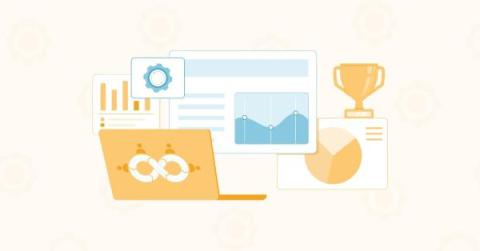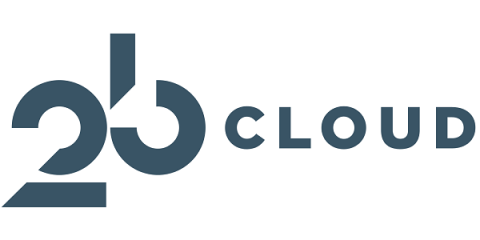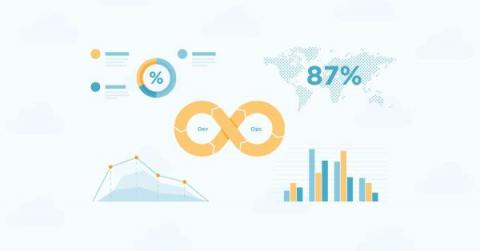Operations | Monitoring | ITSM | DevOps | Cloud
FinOps
An Introduction to Cloud Unit Economics in FinOps
The cloud’s elasticity—the ability to scale resources up and down in response to changes in demand—as well as variable cost structures offer significant advantages, enabling enterprises to move from rigid capex models to elastic opex models where they pay for what they provision, with engineers in control and focused on innovation, becoming true business accelerators.
How to operationalize FinOps to drive cloud and cost efficiency
Unleashing MVP Success with the FinOps Approach
Want to hear a sad but true fact? 70% of companies overshoot their cloud budgets. Why is that? Although the cloud is a mighty tool for speed, scalability, and innovation, the inability to see costs can lead companies to limit cloud usage, which hampers innovation and puts them at a disadvantage against the competition. Rather than limiting cloud usage, adopting the FinOps approach provides the insights you need to feel confident about your cloud costs.
FinOps Focus: Cost Management vs. Cost Optimization
Rethinking Cost Optimization Cost Optimization is a term that has been around for a while when discussing Cloud cost, and to a larger extent the practice of FinOps. It is usually what most people associate with FinOps when they hear those terms initially, but is that the correct term to use?
2023 Cloud Cost Management Platforms: A FinOps Tools Competitive Analysis
Managing cloud costs has become a must for FinOps-focused businesses. Gotta keep a close eye on those expenses! So, what is the best way to do it? Find a platform that can help you get cost visibility and catch any cloud costs anomalies before they turn into a money waste! With tons of FinOps tools, how do you figure out which one suits your needs? And what exactly should you be looking at? We get it! There’s much to consider when picking the best platform to get those cloud cost insights.
21+ Stunning FinOps Statistics You Need To Read
10 FinOps Diagrams To Help You Better Understand The Value Of FinOps
Maximize Long-Term Savings From Cloud Providers with Densify
One of the first considerations for FinOps teams trying to lower their public cloud spend is investing in long-term savings vehicles available from their Cloud Service Provider. These programs can provide customers with upwards of 72% savings off on-demand prices, in return for a 1-to-3-year usage commitment, so it’s pretty common that we see them in use by our customers.
Maximize Profitability: Unleash the Power of FinOps for MSPs
It’s never been a better time to be a Managed Service Provider (MSP). Why? Small and medium businesses (SMBs) use cloud-based services for their operations. Eighty-eight percent say they currently use an MSP or are considering one. But many obstacles remain even if SMBs are in high demand for MSPs. They need to keep their profits and revenue growing, focusing on cloud unit economics, customer pricing strategies, and efficient operations.








